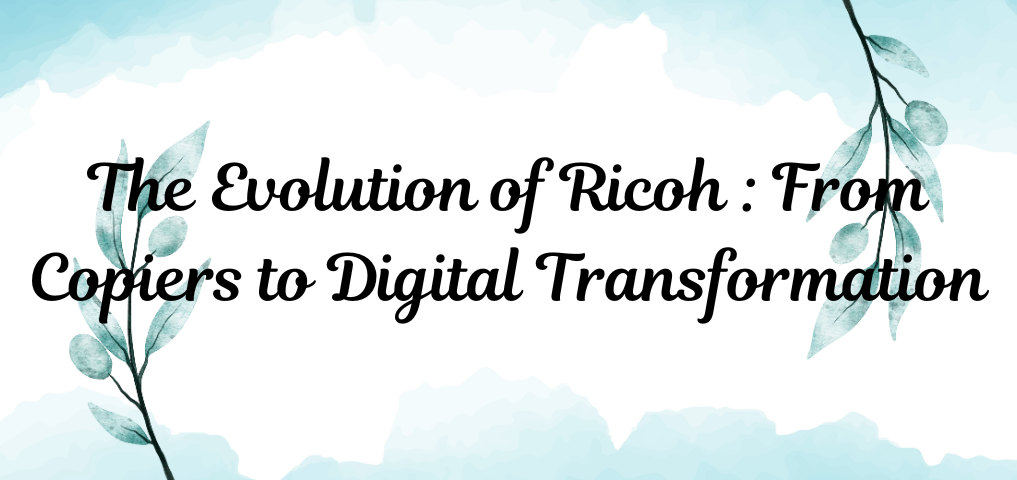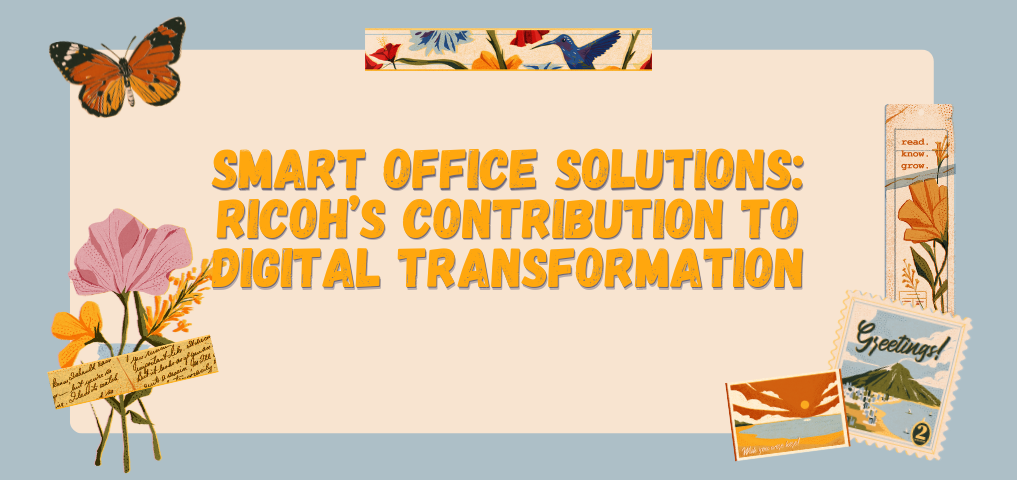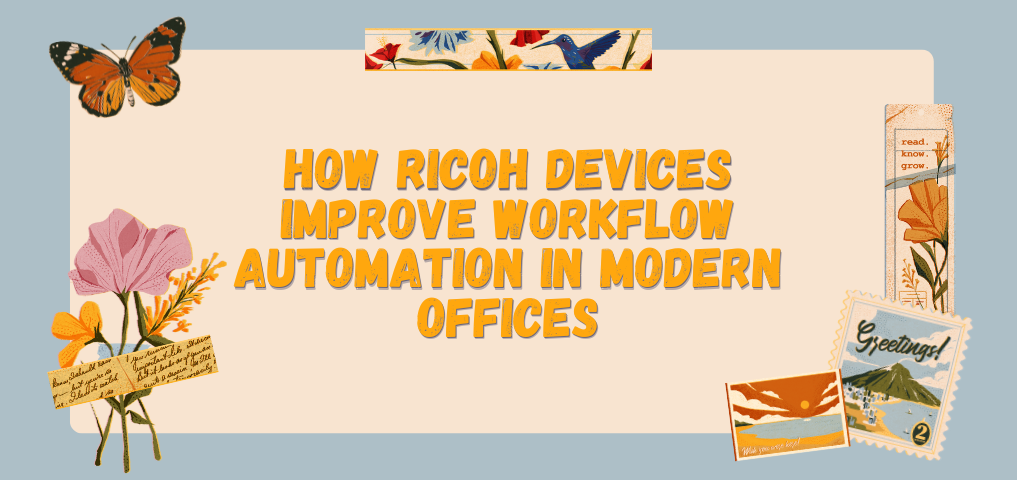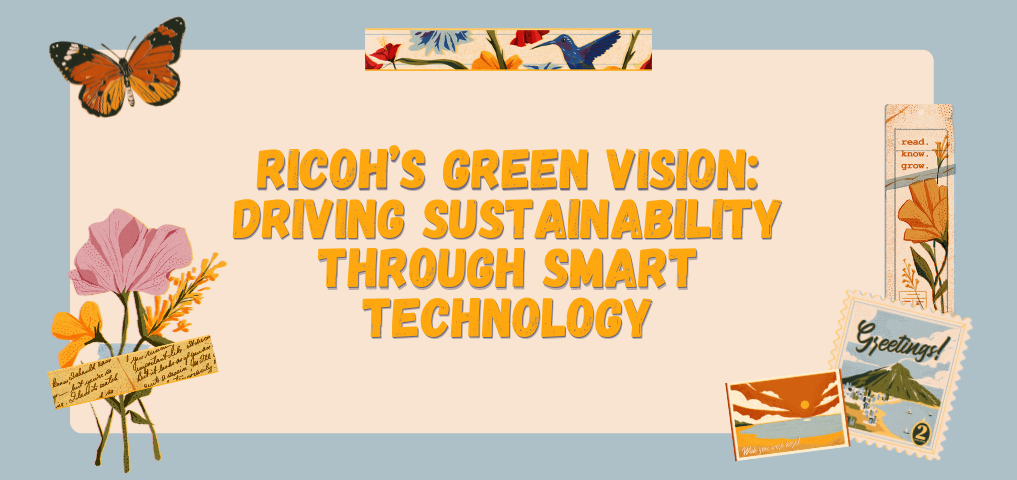The Evolution of Ricoh: From Copiers to Digital Transformation Ricoh, a Japanese multinational company founded in 1936, has undergone a remarkable transformation over the decades. Initially recognized for its office equipment, particularly copiers and printers, Ricoh has steadily evolved into a global leader in digital services and technology-driven solutions. This evolution reflects not just the company’s adaptability, but also its strategic foresight in responding to the changing landscape of business and technology. Here’s a closer look at the key phases in Ricoh’s transformation: 1. Foundational Years and Entry into Office Equipment (1936–1970s) Ricoh began as Riken Kankoshi Co., Ltd., specializing in sensitized paper. By the 1950s, Ricoh expanded into the business machines sector, launching its first diazo copier. During the 1960s and 70s, Ricoh became a prominent name in photocopiers, riding the global wave of office automation. This era established Ricoh as a trusted provider of reliable, high-quality imaging equipment. 2. Expansion and Innovation in Imaging (1980s–1990s) In the 1980s and 90s, Ricoh broadened its product range to include fax machines, laser printers, and multifunction printers (MFPs), integrating multiple functions into single devices. The company also began to embed software and digital controls in its hardware, setting the stage for a deeper integration with IT systems. During this time, Ricoh expanded aggressively into global markets, acquiring firms like Savin and Gestetner, and strengthening its distribution and service network. The company’s R&D focus ensured consistent innovation in imaging technology, positioning it as a key player in document management. 3. Shift Toward Managed Document Services (2000s) As the digital age took off, Ricoh shifted focus from hardware to Managed Document Services (MDS). Recognizing the need for businesses to optimize their document workflows, Ricoh began offering end-to-end solutions, including print fleet management, workflow automation, and document security. Key acquisitions, such as IBM’s Printing Systems Division (renamed InfoPrint Solutions) in 2007, enabled Ricoh to strengthen its enterprise offerings and move closer to becoming an information management company rather than just a hardware vendor. 4. Embracing Digital Transformation and IT Services (2010s) Ricoh’s digital evolution accelerated in the 2010s. The company identified that the future lay not just in managing documents, but in transforming how businesses operate through digital technology. It began offering IT services, cloud computing, cybersecurity, and collaboration tools, such as video conferencing and digital whiteboards. The focus was now on enabling digital workplaces—intelligent environments where data flows seamlessly, and teams collaborate efficiently regardless of location. Ricoh also emphasized sustainability, integrating environmentally conscious design into its products and services, and aligning with global ESG (Environmental, Social, and Governance) goals. 5. Strategic Pivot to Digital Services Company (2020–Present) In response to COVID-19 and the rise of remote work, Ricoh doubled down on digital services. It rebranded itself as a “digital services company”, focusing on: Cloud and Edge computing Intelligent process automation Data analytics Enterprise content management Workplace experience solutions This phase marked a decisive shift from being a copier company to a comprehensive digital transformation partner. Ricoh now serves sectors ranging from healthcare and education to finance and logistics, helping them streamline operations and adapt to hybrid work models. 6. Future Outlook Ricoh’s future lies in expanding its digital ecosystems, powered by AI, IoT, and advanced analytics. The company continues to invest in smart technologies and strategic partnerships that drive innovation. Its transition from analog to digital has made it a blueprint for legacy companies seeking relevance in the modern era. Ricoh’s story is not just one of product evolution, but of organizational reinvention—a journey from manufacturing machines to enabling intelligent, connected workspaces.










